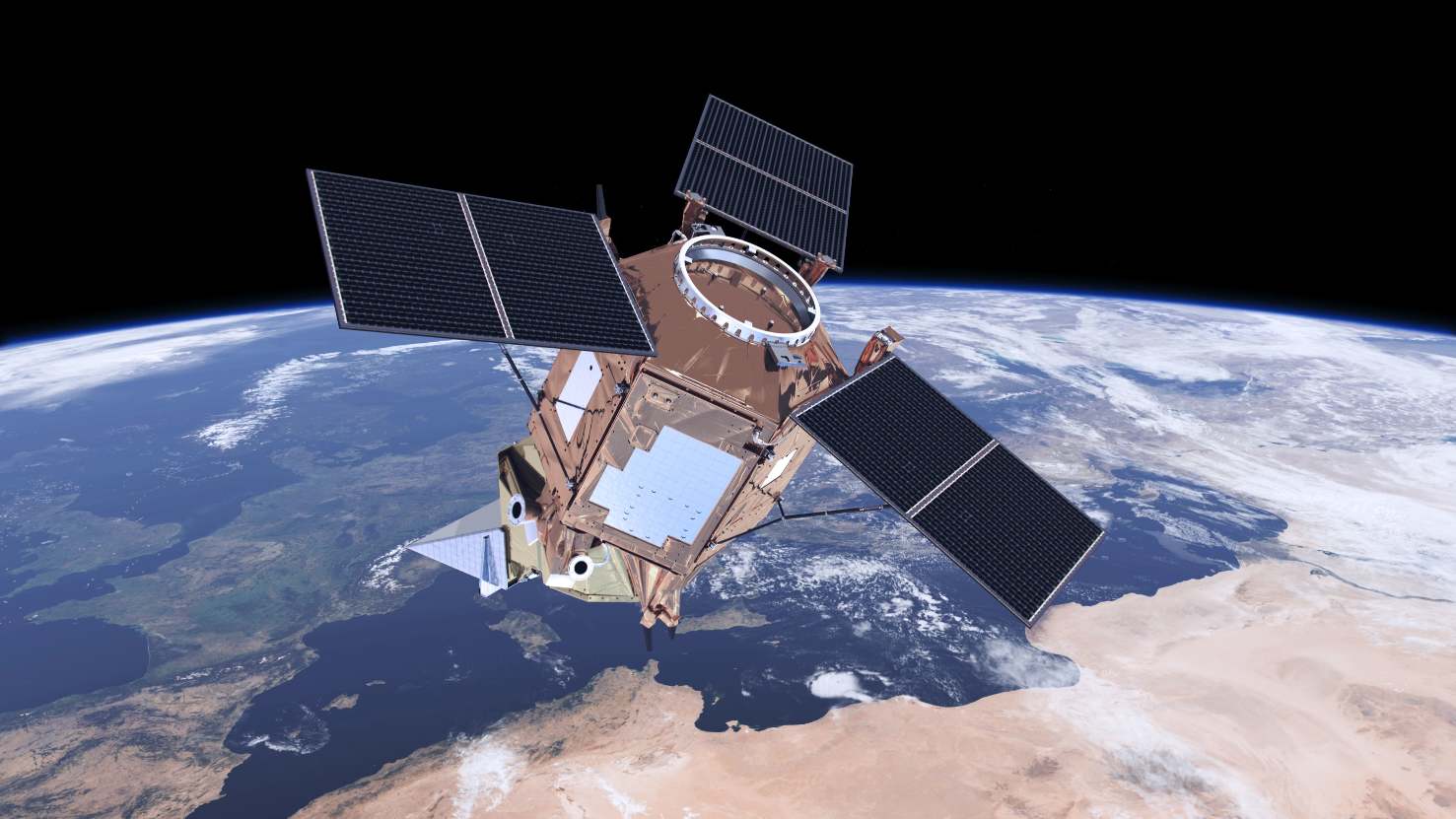Sentinel 5P, which will supply data for Europe's Copernicus Atmosphere Monitoring Service, is reported to be in good health after being placed in orbit on 13th October.
Launched last week, Europe’s Sentinel-5P satellite – the first Copernicus mission dedicated to monitoring the atmosphere – is reported to be in excellent health. The 820kg satellite was lofted into orbit from the Plesetsk Cosmodrome in northern Russia on a Rockot launcher on 13th October.
Developed jointly by ESA and the Netherlands Space Office, the satellite's Tropomi insrument will map a multitude of trace gases such as nitrogen dioxide, ozone, formaldehyde, sulphur dioxide, methane, carbon monoxide and aerosols.
Sentinel-5P (P for Precursor) was developed to reduce data gaps between the Envisat satellite – in particular the Sciamachy instrument – and the launch of Sentinel-5 in five years' time, and to complement the GOME-2 sensor on the MetOp satellite.
The Tropomi atmosphere sensor will be commissioned over the next six months. Once in service, it will map the entire planet every day for Europe’s Copernicus Atmosphere Monitoring Service air quality forecasts and for decision-making.
It is the first Copernicus mission dedicated to monitoring the atmosphere. It follows a fleet of five other Sentinels already in orbit. The Sentinels make up the core of the space component of the EU’s Copernicus environmental monitoring network.
In the future, both the geostationary Sentinel-4 and polar-orbiting Sentinel-5 missions will monitor the composition of the atmosphere for Copernicus Atmosphere Services. Both missions will be carried on meteorological satellites operated by Eumetsat.

